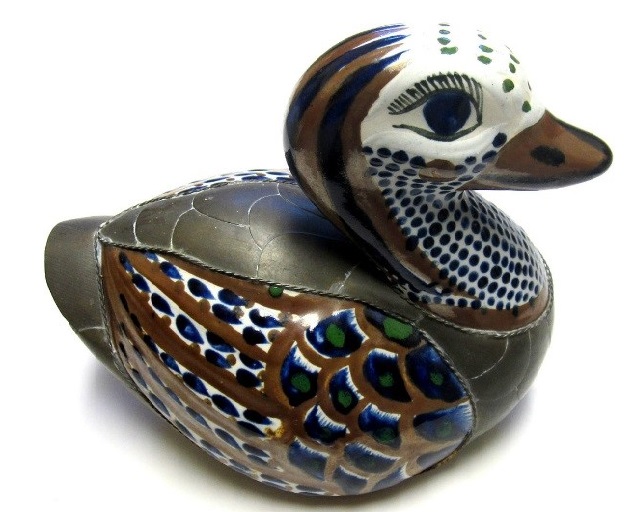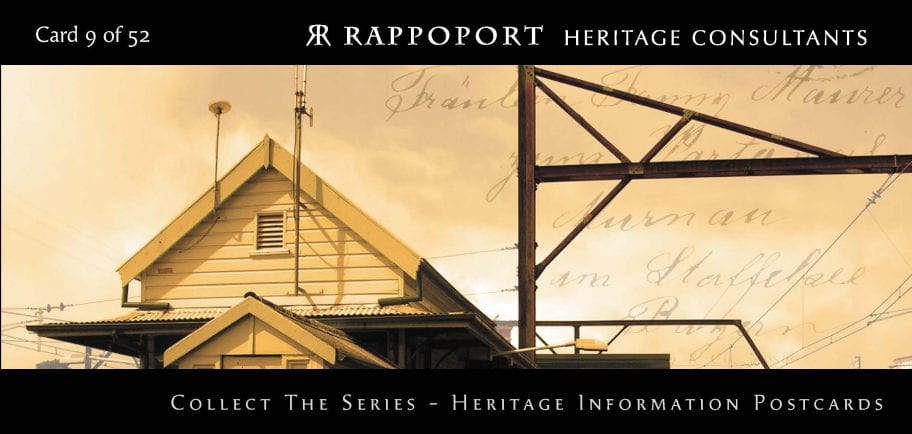Professional Associations
Heritage – alienation from the means of production? Many years ago, Karl Max and Friedrich Engels coined the phrase; ‘alienation from the means of production’. What is intended by the phrase is that the very people producing the goods that are consumed have extremely limited decision-making powers in the way and the conditions in which those goods are produced (The German Ideology -1845). Marx and Engel’s emphasis was on the economic aspects of this arrangement, but I would like to consider this in heritage terms. Heritage artefacts and assets such as buildings; shift over time from their original use and meaning, indicating that they end up serving different purposes and they target different kinds of users for those that were original intended – mostly people who have not participated in their repurposing or, through generational change, were not in any way related to the milieu in which those artefacts were made or built. This is the first form of alienation from the end product – the artefact. It is the alienation of time and context. Fig.1 – Heritage building in Birmingham, UK (www.winsongreentobrookfields.co.uk) Another aspect of the perception of the heritage artefact is that only a small percentage of the population (participants) have an understanding of the historical processes that conspired to render the artefact useful in its day but now, no longer serves that purpose i.e. what led the town fathers to decide that the building was required, what its purpose would be, why in that location and why with that presentation to the street/ town/ countryside? What then happened to the building/ place and why had that purpose become obsolete in the first place and then re-purposed in the second place? This is a second form of alienation from the means of production and goes to the core of education and understanding of heritage artefacts and buildings; literally alienation from the means of production. Craftsmanship is another form of alienation. The building, manufacturing and materials used in previous eras are no longer current and modern-day systems of production do not match those of yesteryear. This makes it difficult for the general public to grasp the social, historic and technical aspects of how a building was constructed or an artefact made compared with the methods that we use today. The phasing out of the guild and apprenticeship system progressively, ever since the Middle Ages has led to another form of alienation inasmuch as there is now an enormous generation gap between the last remaining cohort that know the traditional trades and have worked in them and the younger ones coming into the trade. An apprenticeship is a system of training a new generation of practitioners of a trade or profession with on-the-job training and often some accompanying study (classroom work and reading). But this is no longer taking as it used to. Apprenticeship also enabled practitioners to gain a license to practice in a regulated profession. Most of their training was done while working for an employer who helped the apprentices learn their trade or profession, in exchange for their continued labour for an agreed period after they had achieved measurable competencies – thus ensuring the continuity of the trade and the continual teaching of those skills. Fig.2 – Intersection of Swanson Street & Flinders Street, Melbourne- Australia (en.wikipedia.org) Globalisation is another aspect that causes a tendency for old buildings to be perceived in a standard format – undifferentiated in terms of size, architectural style, interior decoration or landscape setting. All heritage is viewed as quant, nostalgic and sentimental whereas in reality, each and every heritage artefact embodies a specific history; an individual story and a unique set of bottom-up circumstances as opposed to top-down. Notwithstanding, globalisation washes the entire stock with the same questionable note of sentimentality. This is what is called the Dysneyfication of cultural heritage and constitutes another form of present-day alienation or barrier of understanding between the real artefact in question and a perception of it. This concept is allied to the ‘commodification’ of heritage. The word commodification, which describes assignment of economic value to something not previously considered in economic terms, is sometimes also used to describe the transformation of the market for a unique, branded product into a market based on undifferentiated products. Commodification is often criticised on the grounds that some things ought not to be treated as commodities—for example education, data, health, information and heritage which are in essence, public goods. Incipient professionalism has further alienated the general public from an understanding of the heritage artefact and to a certain extent, the decision-making powers that are invested in the heritage profession have shifted out of government hands in which one presumes is intrinsically a system that engages community concerns; to a divorced cohort of professional expert decision makers who do not engage with communities. Neoliberalism is another form of alienation because it actively encourages the privatisation of public assets and transfers them into private hands. Many heritage artefacts are caught up in this system not only in the theft of artefacts from archaeological sites and public museums and libraries to be sold on the black market but the selling of prominent socially significant buildings into private ownership i.e. no longer in public ownership. Lastly, nostalgia which has become a bad word for a mindset that once stood in the way of twentieth century futuristic utopianism is to memory what kitsch is to art- a deliberate attempt to relinquish critical thinking for emotional bonding. A form of history without guilt, much like heritage is treated today – selectively and mendaciously. Dominant ideologies commonly treat heritage with pride of their assumed belonging to the artefact but seldom with shame in how that pride was earned in the first place and at what cost. The present situation is no longer that we may be neglecting culture or ignoring cultural heritage, since unquestionably, we acknowledge and extensively use cultural heritage as a resource. It is rather the misuse of that resource via imprudent instrumental use that we may jeopardize what is structurally resourceful in time. Paul Rappoport – Heritage 21 |
Reference: Mario Duarte Duque, – The many horizons of cultural heritage: Part I; Macau Daily Times Monday, 03 March 2008.
Related Articles

Unlisted Heritage Items – Erring on the Side of Caution
Most countries, regions and states utilise heritage listing as a means of protecting heritage assets, but many of these lists…
Read more
Heritage Significance on the Cusp
What is heritage significance. Is the Sydney Opera House significant?
Read more
The Heritage Significance of Hong Kong Shop Houses
Michael Wolf – author of ‘Corner Houses’ published in 2010 by Hong Kong University Press writes that there are two…
Read more
The Concept of Cultural Significance
In the Burra Charter cultural significance means 'aesthetic, historic, scientific or social value for past, present or future generations'.
Read more

Need help getting started?
Check out our guides.

Complete the form below to contact us today.











